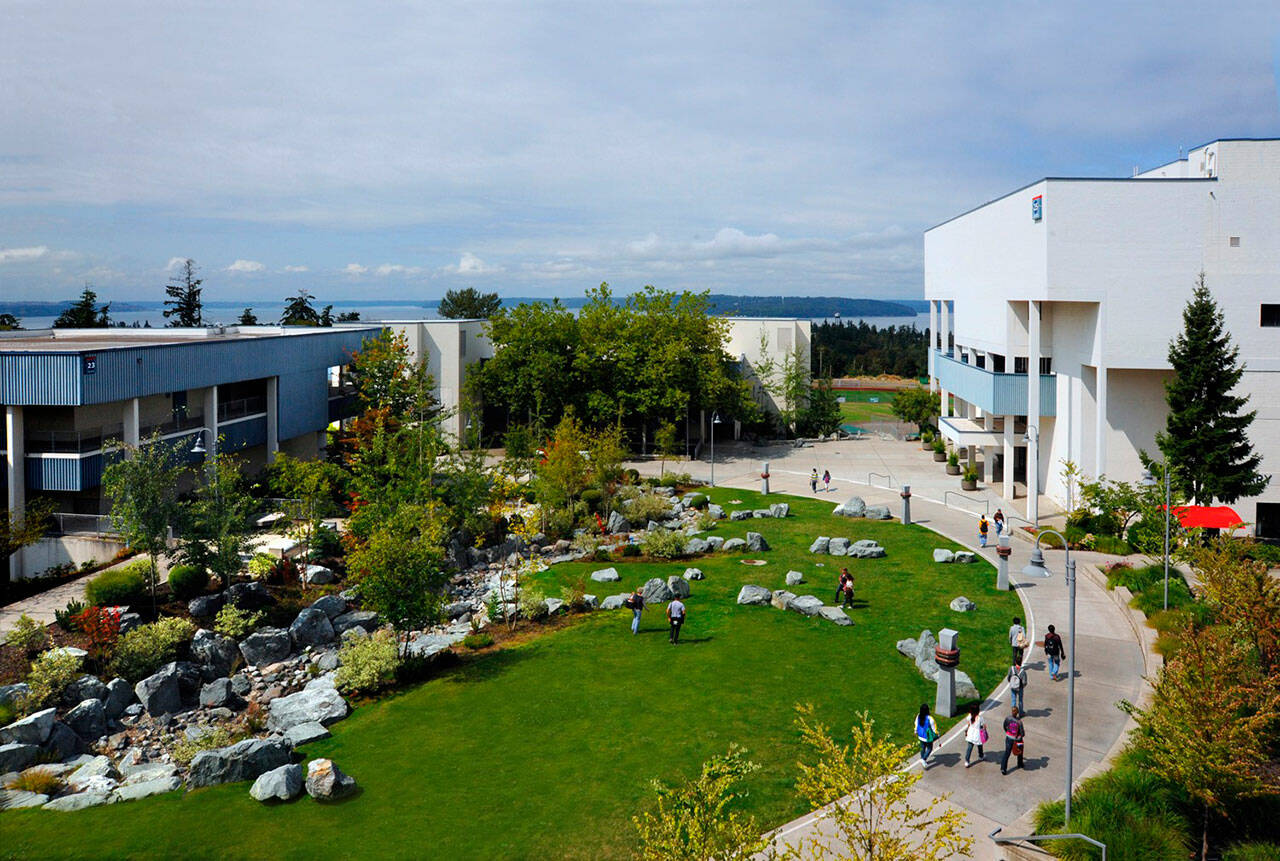The decline in college enrollment during the pandemic has slowed, but the state’s public colleges continue to see fewer students than in previous years.
The trend is threatening to impede the state’s progress toward education equity, according to a new report from the Washington Student Achievement Council.
“Although more students are heading back to post-secondary education than we’ve seen in the last few years, we still have a ways to go to recover to pre-pandemic levels of enrollment,” said Isaac Kwakye , the council’s senior director of research and student success. “It’s important that we continue to keep an eye on state enrollment trends to ensure an equitable recovery.”
The report’s analysis provides insights on enrollment trends at Washington’s public institutions during the pandemic.
Overall, enrollment fell by 25% at community and technical colleges between fall 2019 and fall 2022, the report said.
Still, the year-over-year decline has slowed considerably over the past three years. Enrollment was 4% lower in fall 2022 than fall 2021, a smaller decline than the 9% drop in 2021 or the 13% drop in 2020.
Undergraduate enrollment at public four-year institutions fell by 10% between fall 2019 and fall 2022.
Enrollment trends also differed by race, financial aid status, part-time and full-time attendance and new student status, the report found.
Enrollment at community and technical colleges declined for all racial groups during the pandemic. The largest drops were among American Indian/Alaska Native students (-38%); white students (-31%), and Asian students (-24%).
At public 4-year universities and colleges, enrollment declined most for American Indian or Alaska Native students (-27%); and white students (-15%).
However, enrollment increased for Black/African students by 25% and 27% for Native Hawaiians and Pacific Islanders.
Monitoring trends and understanding differences among student groups can help target effective, equitable supports that help revitalize enrollment and recover from pandemic losses, the report concluded.


